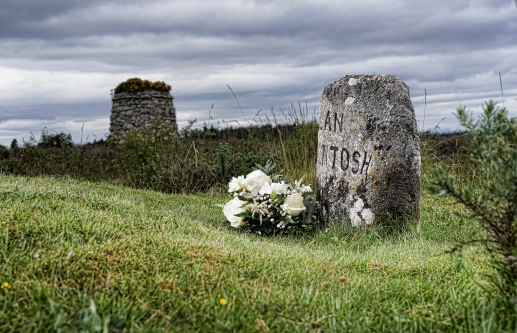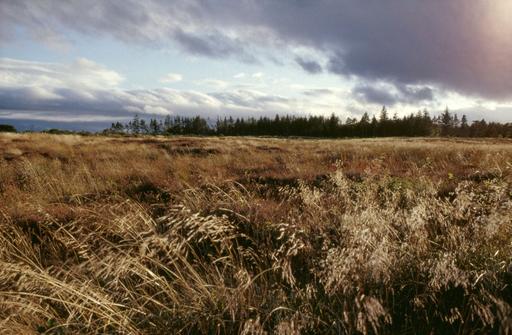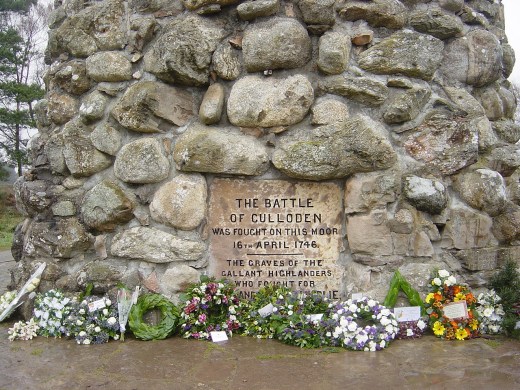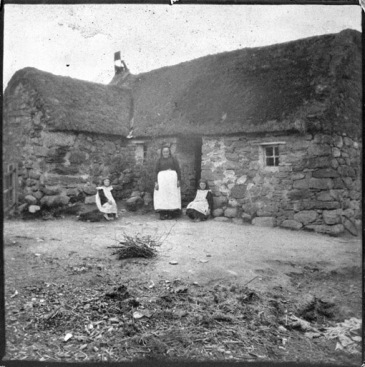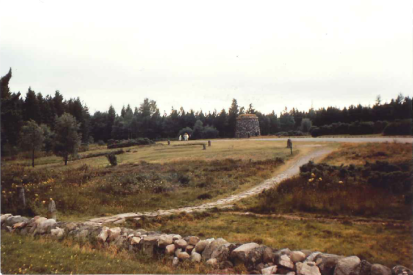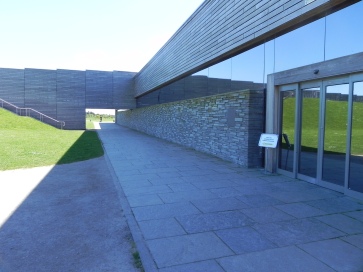When people visit Culloden Battlefield most will inevitably head out across the moor and stand in front of the large memorial cairn in the centre of the field. Surrounding the cairn are most, but not all, of the grave markers on the field so it seems fitting to turn our attention to the history of these markers.
The markers on the battlefield were put in place in 1881, some 130 years after the battle. One of the main question we are asked regards the names on the stones, as many carry the names of one or more clans who fought at Culloden. We have had geophysical tests of the area completed and they show that the area around the cairn does indeed hold many mass graves but how the names on the gravestones were chosen is something of a mystery.
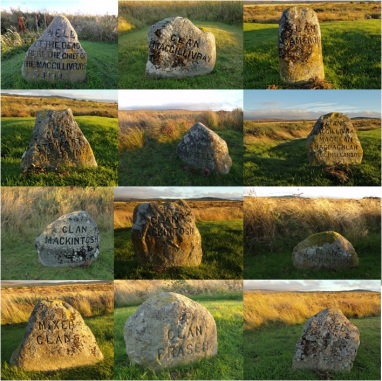
Clansmen would not have been easy to distinguish from one another. There was no clan tartan back in 1746 so identifying a persons clan relied on smaller things that their cap badge or clan plant that men may have worn. After the battle it would have been incredibly difficult to accurately determine who was from which clan so it is believed that the markers on the field are symbolic of the major clans who fought at Culloden and who suffered significant losses.
As well as the marker by the cairn, there are a few others across the field. Further north are three stones that commemorate the MacDonald’s who fought on the far left of the Jacobite front line. Whilst they did not take part in the hand-to-hand combat that occurred further south they were instrumental in aiding the retreat of the Jacobite army. Each year at the anniversary of the battle the local MacDonald clan and supporters will march down to the stones after the main ceremony to lay a wreath for the men.

Perhaps one of the most annoying and intriguing stones on the battlefield is that of the ‘Field of the English’. This stone lies behind the front line of the Government troops and supposedly marks the site of a grave of the Government men who died during the battle. However, there are two issues we have with the stone. Firstly, research has shown that there is no sign of a mass grave by the stone. The nearest lies some fifty yard to the West of the stone. Secondly, its inscription, ‘Field of the English’. As we know this is not accurate. The Government army was not an English Army, it was made of men from Scotland, Wales and England making it a British Army.
Despite some questions on the accuracy of the markers though there is no doubt to how special they are to the site. Many who visit take a moment as they walk past the stones to take in the incredible atmosphere of the battle and remember the history of the site.
We hope you enjoyed this short piece about the marker as always please like, share, comment and tweet.
All the best, The Culloden Team

